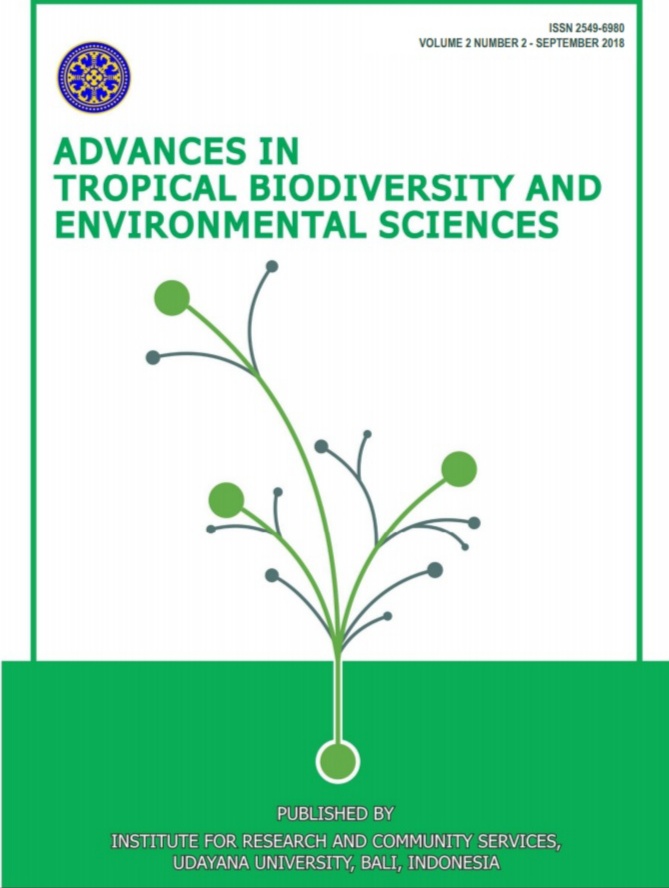Preliminary study of algasidal activities of the episymbiont bacterial consortium from Enhalus acoroides
Abstract
Seagrass symbiotic bacteria have various functions, one of which is as algaside. There are 2 types of symbionts namely endosymbiont and episymbiont. This study aims to test the initial activity of algaside episymbiont Enhalus acoroides on diatome and dinoflagellate group plankton. The method used for testing is Mixed Algal-bacterial cultures. On media that has been overgrown with algae will be inoculated with episymbiont bacterial consortium E. acoroides. The results of the bacterial consortium research have not shown significant algaside activity. But, on Nitschia sp. showed significant algaside activity. This mean specific activity in the compound or mechanism used as algaside.













